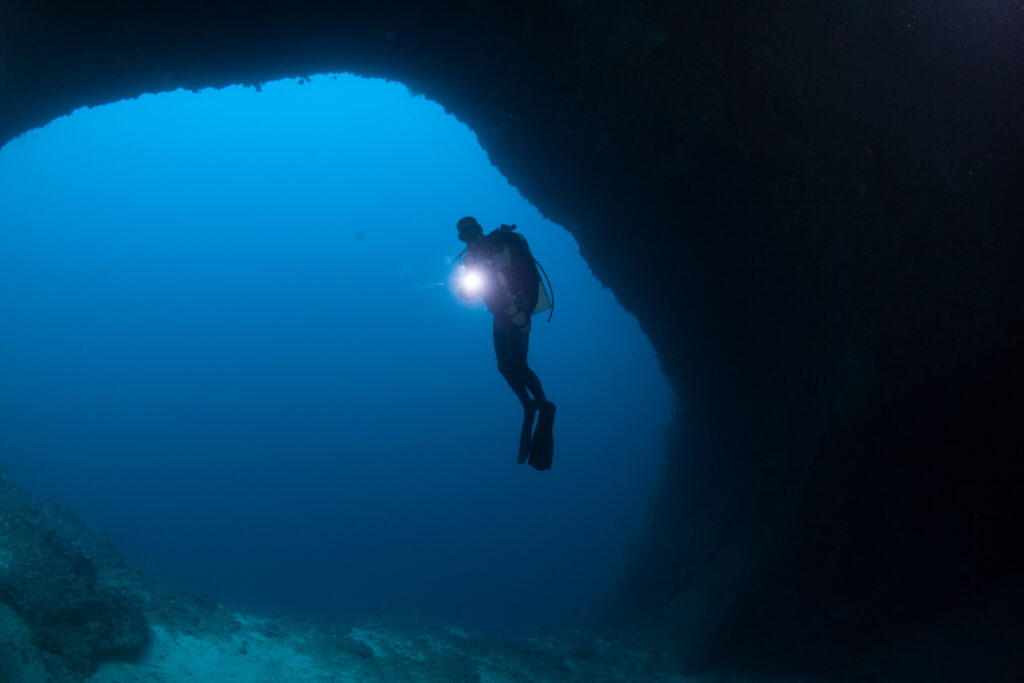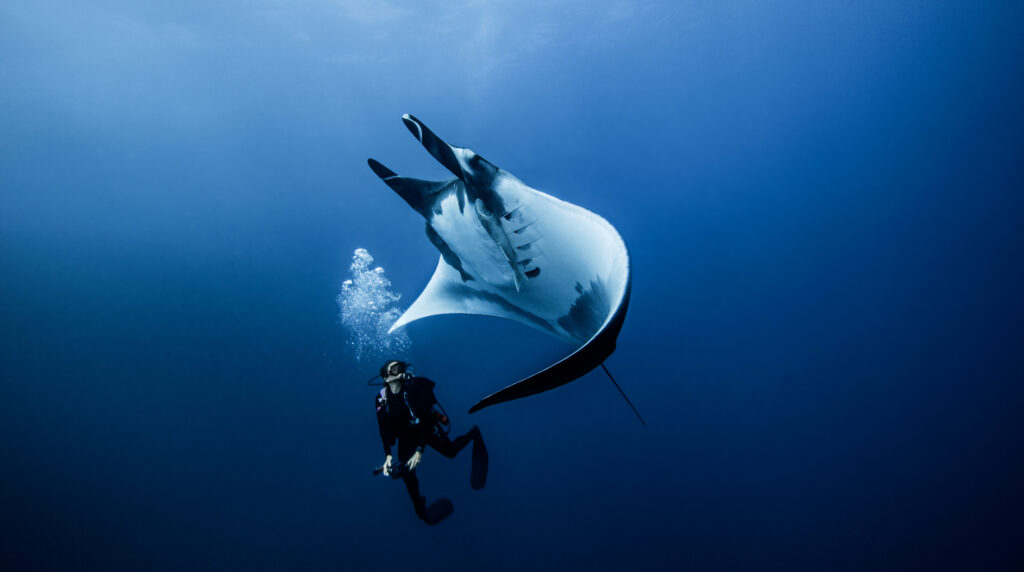What is a Rash Vest?

A rash vest, also known as a rash guard, is a type of athletic shirt made from spandex and nylon or polyester. Originally designed to provide sun protection and to prevent chafing from surfboards, rash vests have become an essential piece of gear for many water sports enthusiasts, including surfers, swimmers, and scuba divers. They are particularly valued for their ability to protect the skin from rashes caused by abrasion, UV rays, and stings from marine creatures. In scuba diving, rash vests serve additional functions, enhancing comfort and safety under various underwater conditions.
What is a Full Foot Fin?

A full foot fin is a type of swim fin commonly used in scuba diving and snorkeling. This design covers the entire foot, providing a snug fit akin to wearing a shoe. Unlike open heel fins, which require additional footwear like neoprene boots, full foot fins are worn barefoot or with thin neoprene socks. They are especially popular for warm water diving and activities where divers need agility and speed in the water. Full foot fins are valued for their streamlined design, which offers less drag and more efficient energy transfer from the legs to the fins, enhancing propulsion and maneuverability underwater.
What is a Purge Valve?

A purge valve is a crucial component in scuba diving equipment, designed to enhance the diver’s experience by ensuring safety and comfort underwater. This small yet essential device allows divers to expel water from their masks or regulators with ease, maintaining clear vision and a steady supply of breathable air. The functionality of purge valves significantly reduces the effort needed to clear water, making them an invaluable asset for both novice and experienced divers.
What is a Kelp Surface Dive?

A kelp surface dive involves swimming and exploring near the surface of the ocean where dense forests of kelp thrive. This activity is popular among divers and marine enthusiasts for its unique opportunity to observe a vibrant and ecologically significant environment. Kelp forests are found in coastal areas worldwide and are known for their towering, underwater canopies. These dives offer an unparalleled chance to witness marine life that thrives within these underwater forests while requiring less equipment and technical expertise than deeper dives. Kelp surface diving is both a recreational pursuit and a valuable method for scientists studying these critical ecosystems.
What is a Helicopter Turn when Scuba Diving, Freediving or Snorkeling?

The helicopter turn is a vital scuba diving maneuver that allows divers to rotate around their vertical axis using minimal fin movements. This technique enhances underwater mobility, control, and agility, enabling divers to navigate through tight spaces, maintain their position while observing marine life, and efficiently change their orientation without disturbing the environment. In this comprehensive entry, we will discuss the mechanics, benefits, and applications of the helicopter turn, as well as provide tips for mastering the skill.
What is Supplied Air Snorkeling for Youth (SASY)?

Supplied Air Snorkeling for Youth (SASY) is a specialized diving system developed to introduce the fascinating world of underwater exploration to young individuals. It bridges the gap between snorkeling and scuba diving, offering a safe and controlled environment for children to explore and learn about the underwater world without diving too deep. The SASY system consists of a Buoyancy Control Device (BCD) paired with a small compressed air cylinder and a regulator, functioning similarly to a traditional scuba system but with features that restrict the user from descending beneath the surface.
What is a Dedicated Dive Resort?

A dedicated dive resort is a specialized vacation destination catering specifically to scuba diving enthusiasts, offering a comprehensive and immersive diving experience. These resorts are strategically located in some of the world’s most sought-after diving areas, providing direct access to vibrant coral reefs, diverse marine life, and underwater attractions. What sets these resorts apart from standard holiday accommodations is their focus on offering tailored services for divers, which may include lodging, dive courses, equipment rental, and guided diving expeditions. Sustainability is a key principle for many dedicated dive resorts, as they place great importance on environmental conservation and responsible tourism practices, aiming to protect the delicate ecosystems that draw guests to these breathtaking underwater environments.
What is SNUBA Diving?

Snuba diving is a unique and innovative underwater activity that blends elements of snorkeling and traditional scuba diving. Unlike traditional scuba diving, where divers carry their air supply on their backs, Snuba divers are connected to an air supply that floats on the surface through a long hose. This setup allows divers to experience the underwater world with greater ease and less equipment. Snuba diving is an accessible introduction to underwater exploration for those who may find the equipment and training requirements of scuba diving daunting. It offers a way to experience the ocean’s depths without the need for extensive training or heavy gear.
What is a Dry Snorkel?

A dry snorkel is a specialized piece of snorkeling equipment designed to keep the snorkeler’s airway dry by preventing water from entering the tube. Unlike traditional snorkels, which can allow water to enter when submerged or faced with waves, dry snorkels feature a unique valve mechanism at the top. This mechanism seals off the snorkel tube when submerged, ensuring that the user can breathe comfortably and without interruption once back at the surface. The advent of the dry snorkel has significantly improved the snorkeling experience, offering greater comfort and safety, particularly for beginners and those snorkeling in rougher waters.
What is Surface Interval?

What is Surface Interval? In scuba diving, the term “Surface Interval” refers to the length of time a diver spends at the surface between two consecutive dives. It is a significant concept in dive planning, safety, and decompression theory, which helps to minimize the risk of decompression sickness, commonly known as “the bends.” Importance of […]
